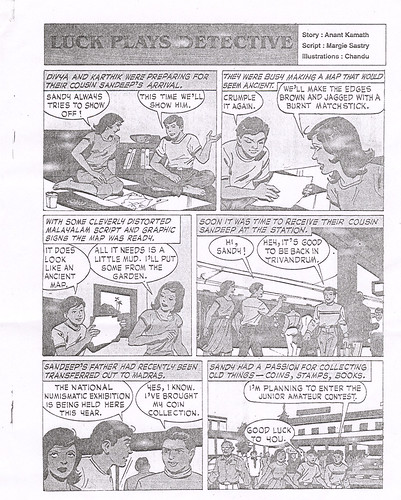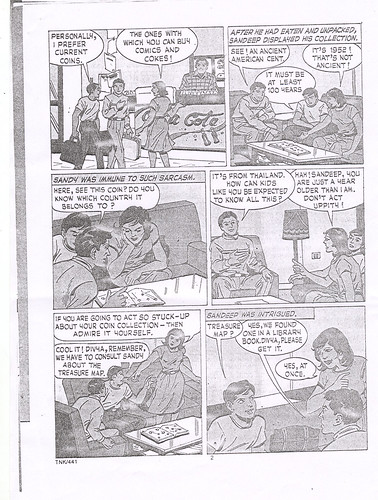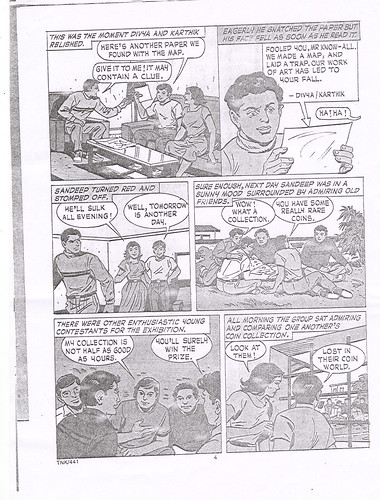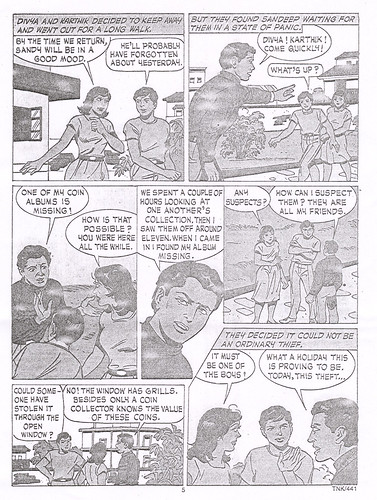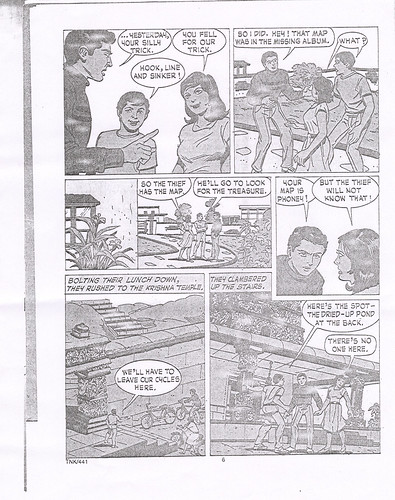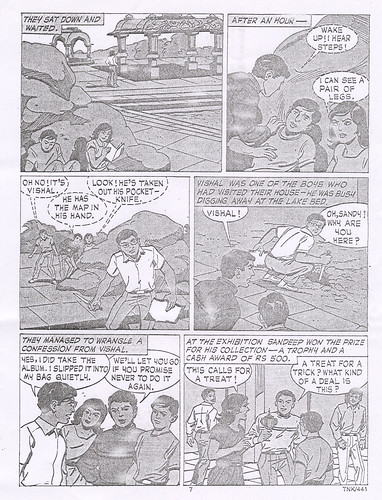The Ghazal - An essay through observation (as opposed to through research) in three or more parts Part One. The physical structure of the Ghazal is perhaps well known to the reader. It consists of several sub divisions called 'shers' similar to the dohas - two liners - of Sufi and Bhakti poetry. The shers of a Ghazal share the common property of having the same last few 'punch'-words in the second line - except for the first sher which has the punch words at the end of the first
as well as the second line . The last sher is called the 'maqta' and contains the poet's name in it.
There are no definite lines/flows of thought in a Ghazal. The shers of a ghazal might convey the same mood or tone but sometimes even that does'nt happen. The shers of a ghazal are separate witticisms, independant creative entities bound together only by the slender ties of the same last few sounds. Further the same punch words may carry different meanings in different shers - puns of some kind. Tied at but one point, the different shers flutter about in differnet directions. The more varied and unlikely the directions of the flutter, the greater is glory of the ghazal, the more is the enjoyment of the reader/listener.
The maqta. The last sher. I am cutting and pasting here my thoughts about the maqta as they stood a couple of months ago:
...If I gave up trying to remember the missing sher and did sing the last verse and then remembered the verse that I had forgotten, it wouldn't be any good to sing it. It would be like eating the misplaced roti after dessert.
The last verse, I don't know if there is a technical term for it, is the ultimate thing in the Ghazal. It's the dessert, it's the climax, it's the summing up, the signature, it is so many things. To a singer, rather, to the person who is singing, it gives the maximum pleasure. One can almost feel the near orgasmic, unabashedly Freudian pleasure with which the poet had forged his name amongst beautiful words. Sometimes I don't like poetry when the Poet does not put his name in it....
Though I still agree with most of the above two paragraphs, I no longer think that the maqta is any kind of summing up. For sometime I wondered if it could serve as some kind of a counterpoint, posing an idea different in meaning and tone to the rest of the Ghazal. Now I think it is any random sher with the poet's name in it. But it has to be a special sher, a clever sher, a sher worthy enough to have the poet's name in it. But it need not be apropos to what has been said before in the Ghazal. The maqta perhaps talks more about the poet than about the rest of his Ghazal.
The structure of the Ghazal is ingenious and quite different from the other styles of writing - normal poetry, short story or the Novel (quite an obvious observation, what?). After all what does a literary creator want to do? He wants to display his command over the language, his wit, his sensitivity of thought, his understanding of human nature, his good/bad humour, his powers of observation, his empathy with his fellowmen, his depth of personality. He wants to appeal to be understood, to explain himself, to make himself lovable, prove himself worthy, to communicate. He wants besides to create something unique and artful and aesthetic.
The Ghazal allows the creator to do all these things without also creating a whole lot of supporting structure - characters and settings and plots and descriptions and dates and names and flow of thought. There is supporting structure in Ghazal too, as we will see later, but what I am saying is that the concentration of literary niceties is very high in a Ghazal.
Similarly, for a reader/listener, the Ghazal is more rewarding. One might remember by heart several whole Ghazals by Ghalib but what remains in the memory of Oliver Twist is just a few lines "...If that's what the law thinks, then the law is an ass, a fool." The simple structure of the Ghazal and the high concentration of niceties makes for memorization and for enjoyment.
While the Ghazal poet has his task cut out (I am not sure what 'task cut out'
exactly means. If you know the text book meaning of the idom please tell me also), while he has to only create one sher at a time and not bother about incidentalitites, his job is by no means an easy one. Writing shers demands an absolute command over the language and a lot of ingenuity. The barrier to entry is pretty high. For the averagely intelligent person, it is easier to start writing stories and novels but much more difficult to start writing shers and Ghazals. Try both and you will know :-). In Ghazal writing, I am beginning to think, you either have it or you don't, but I hope this is not true.
There are good shers and not-so-great shers in a ghazal. The good shers are the ones that make you sing, memorize, or listen to the ghazal. The not-so-great shers are there to add bulk and consistency to the Ghazal. To give you the general drift of what is going on in the Ghazal. The good shers and the not-so-great shers have a symbiotic relationship. The good shers climb on top of the not-so-great shers in the word-ly pyramid and the not-so-great shers aquire meaning and radiance in the reflected glow of the good shers. Sometimes you will like a Ghazal and it's not-so-great shers even for half a good sher, more likely the second half.
